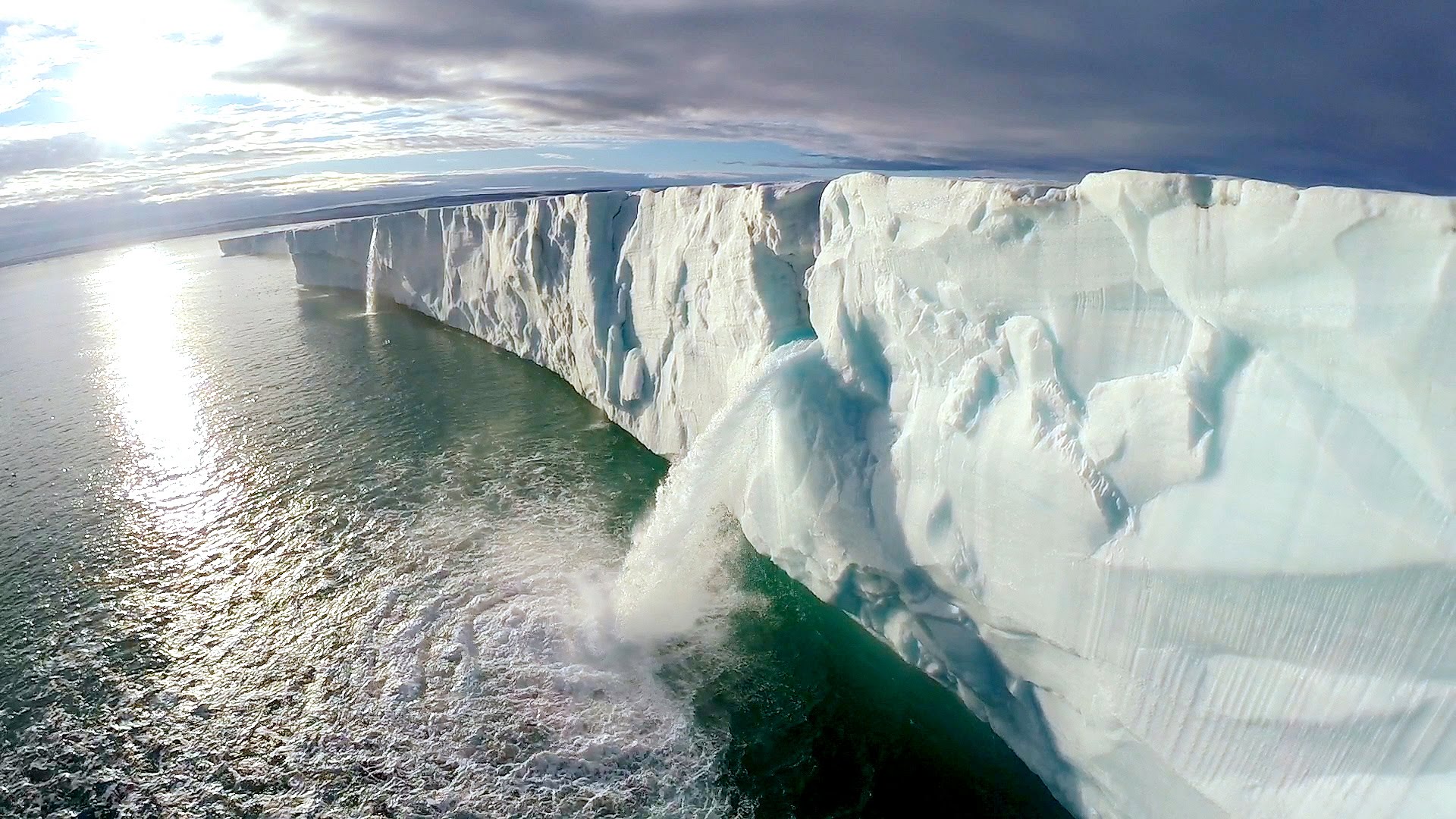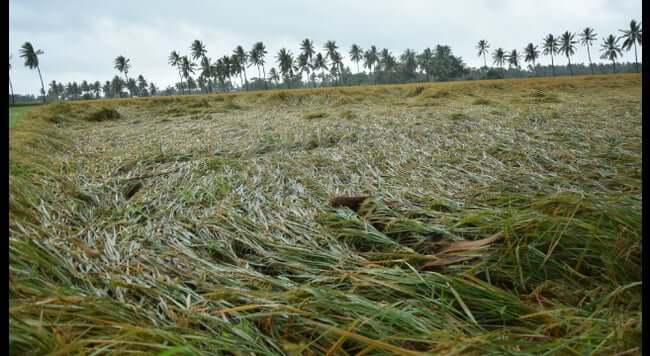Climate change redistributes global water resources: study
Wed 16 Mar 2016, 11:34:04

Rising temperatures worldwide are changing not only weather systems but also the distribution of water around the globe, thereby affecting the availability of potable water, a new study has found.
Researchers analysed more than 40 years of water samples archived at the Hubbard Brook Experimental Forest (HBEF) in the US and found how the sources of precipitation have changed. Over the years, there has been a dramatic increase, especially during the winter, of the amount of water that originated far to the north, researchers said.
"In the later years, we saw more water derived from evaporation of the Arctic and the North Atlantic oceans," said Tamir Puntsag from SUNY College of Environmental Science and Forestry (ESF) in New York.
The study marked the first time scientists have used specific measurements to demonstrate how water sources are changing, especially in northeastern US. "Climate change has an important relationship to the water cycle. It goes beyond temperature effects," said Myron Mitchell, an ESF biogeochemist.
"This study shows how climate change is altering the spatial patterns and amounts of precipitation - where it comes from and where it falls. Such effects can drastically affect the availability of potable water and also contribute to the massive flooding we have seen in recent years," Mitchell said.
As record warmer temperatures in the Arctic cause dramatic decreases in the depth and
coverage of sea ice, the Arctic vortex (often called the polar vortex) has become less stable, occasionally spilling frigid air onto the eastern US, such as occurred in October last year and February this year, when areas from New York to Miami experienced record cold, researchers said.
coverage of sea ice, the Arctic vortex (often called the polar vortex) has become less stable, occasionally spilling frigid air onto the eastern US, such as occurred in October last year and February this year, when areas from New York to Miami experienced record cold, researchers said.
The findings of the study will help scientists understand changes that are likely to affect global water resources, Mitchell said.
With 85 per cent of the world's population living in the driest half of the planet and 783 million people living without access to clean water, according to the United Nations, it is vital for scientists and policymakers to understand how a changing climate affects water resources, researchers said.
"Our research helps our understanding of the sources of rain and snow and how these precipitation patterns have changed. Our study also sheds light on what is going to happen to water resources in the future," said Mitchell.
Researchers used isotopic analysis (identification of the structure of the atoms that make up a substance, such as water) to develop a story of the water's travels. Water always contains two atoms of hydrogen and one atom of oxygen but its isotopic composition can vary from one water source to another.
They also used mathematical models to trace the sources of these water sources in precipitation.
The findings were published in the journal Scientific Reports.
No Comments For This Post, Be first to write a Comment.
Most viewed from Specials
Most viewed from World
AIMIM News
Latest Urdu News
Most Viewed
May 26, 2020
Do you think Canada-India relations will improve under New PM Mark Carney?
Latest Videos View All
Like Us
Home
About Us
Advertise With Us
All Polls
Epaper Archives
Privacy Policy
Contact Us
Download Etemaad App
© 2025 Etemaad Daily News, All Rights Reserved.






















.jpg)
.jpg)
.jpg)

















